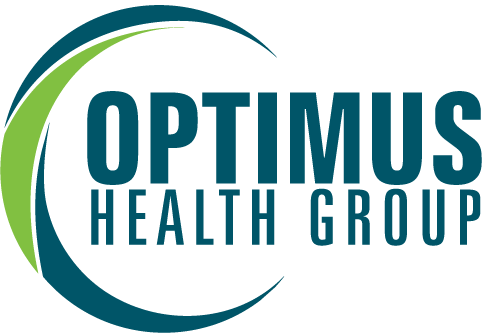Written by Cierra File-Murby
It’s really common to confuse pelvic girdle pain (PGP) with low back pain because of the close proximity of where you are feeling the pain. If you’re experiencing pain anywhere from the two bony bits just above your glutes down to the bottom of your glutes or around to the front of your pelvis, then you’re likely experiencing PGP.
Pelvic girdle pain is very common and can affect up to 45% of all pregnant women at some stage throughout the pregnancy. It is also common to experience residual pelvic girdle pain even after you have delivered your baby.
What are the symptoms of PGP?
PGP can be mild too severe but is treatable at any stage in pregnancy and the sooner it is treated, the more likely you are to feel better. It is more common later in pregnancy.
Symptoms include:
• pain in the pubic region, lower back, hips, groin, thighs or knees
• clicking or grinding in the pelvic area
• pain made worse by movement, for example:
walking on uneven surfaces/rough ground or for long distances
moving your knees apart, like getting in and out of the car
standing on one leg, like climbing the stairs, dressing or getting in or out of the bath
rolling over in bed
during sexual intercourse.
The reason a lot of women experience pain is because of the hormone ‘relaxin’ that your body produces when you’re pregnant. This hormone makes the ligaments in your body looser in preparation for birth. This change may cause a small increase in the range of motion within the joints of your pelvis. As you can imagine, the pelvis is responsible for carrying the load of the baby, if this increase in motion is not met with an increase in the muscle control, it’s likely that this can cause some pain.
Is there anything I can do to help manage the symptoms at home?
The following simple measures may help:
• keeping active but also getting plenty of rest
• standing tall with your bump and bottom tucked in a little
• changing your position frequently – try not to sit for more than 30 minutes at a time
• sitting to get dressed and undressed
• putting equal weight on each leg when you stand
• trying to keep your legs together when getting in and out of the car
• lying on the less painful side while sleeping
• keeping your knees together when turning over in bed
• using a pillow under your bump and between your legs for extra support in bed.
You should avoid anything that may make your symptoms worse, such as:
• lifting anything heavy, for example, heavy shopping
• going up and down the stairs too often
• stooping, bending or twisting to lift or carry a toddler or baby on one hip
• sitting on the floor, sitting twisted, or sitting or standing for long periods
• standing on one leg or crossing your legs.
If that doesn’t help or you want immediate relief see a physio!
While 100% of your PGP during pregnancy may not completely go away, physiotherapy can make a big impact in making you a lot more comfortable. Its really important to get an assessment from a physio, as there could be a few different potential factors causing your PGP.
In some cases, a compression belt around your pelvis can help to provide that additional support. In other cases, some therapy techniques to help reduce some muscle spasm could also reduce a lot of pain. If you are experiencing any sort of PGP or have any questions please give us a call on 03 9913 8986 or book an initial physiotherapy appointment online with Kath, Cierra or Dawn here









